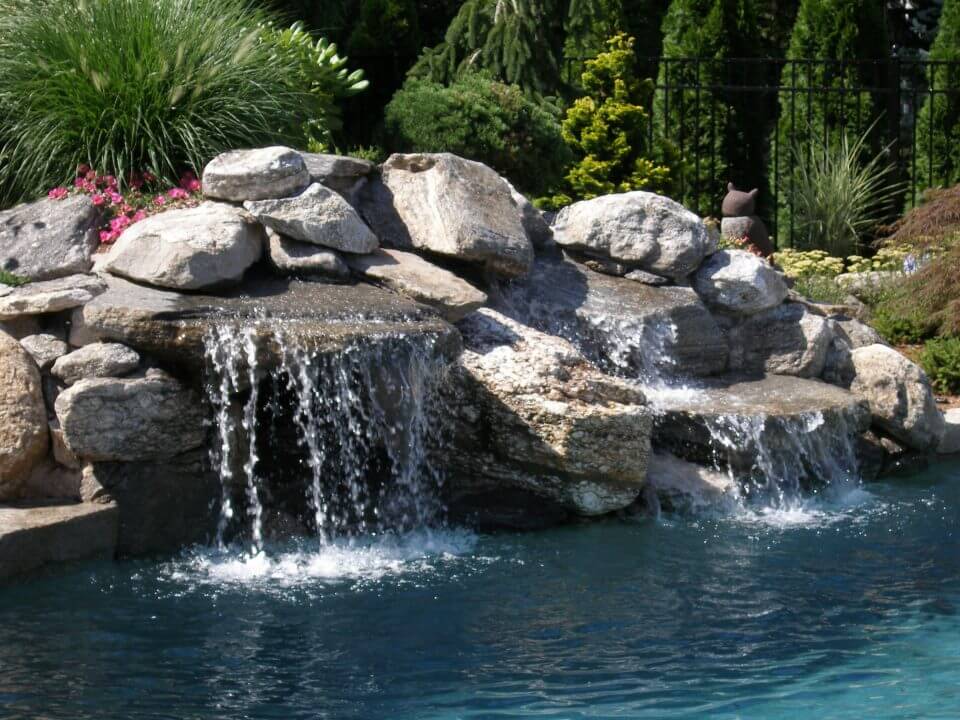CIRCULATION: THE IMPORTANCE OF MOVEMENT FOR YOUR POOL WATER
Circulation is a key component to any pool care routine. In order for your pool to get clean, filtration is required and movement of your pool water is critical for successful filtration. Not to mention that the circulation of chemicals is what enables the chemicals to properly do their work.
Pool Circulation Explained
Most pools are circulated via pump action. Your pool’s pump is what draws in water either through a skimmer or drain, passes said water through the pump and into the filter where it is then cleaned before passing back into your pool through return jets. This circular system is similar to the body’s circulatory system and how blood is moved throughout your body.
Proper Circulation
The location and placement of your drains and jets should enhance the internal movement of your waters. It’s a good idea to aim these items in opposing directions in order to promote the mixing of your pool water, both laterally, and from surface to depth.
Common Problem Areas
There are a few areas that constantly crop up where good water circulation presents an issue. They are as follows:
-Around your pool steps or ladder
-Where any cracks or crevasses are present
-Beneath your skimmer
To ensure movement amongst these problem areas, you may need to manually stimulate water with a small pool brush to help remove any dirt or debris build-up.
Speaking of Brushing
It’s a good rule of thumb to brush your pool at least once a week. This can help the dead areas listed above but also is a good habit in preventing algae or other micro-organism build-up.
Final Components
Good pool circulation isn’t difficult but it does take some set-up. Set your pump and filter to run at least eight hours a day for movement, be sure to keep baskets and filters clean and clear of debris, and angle your return jets to face different ways to promote circular movement in your water. Remember, a well circulated pool is more likely to save you time and money in the long run!




